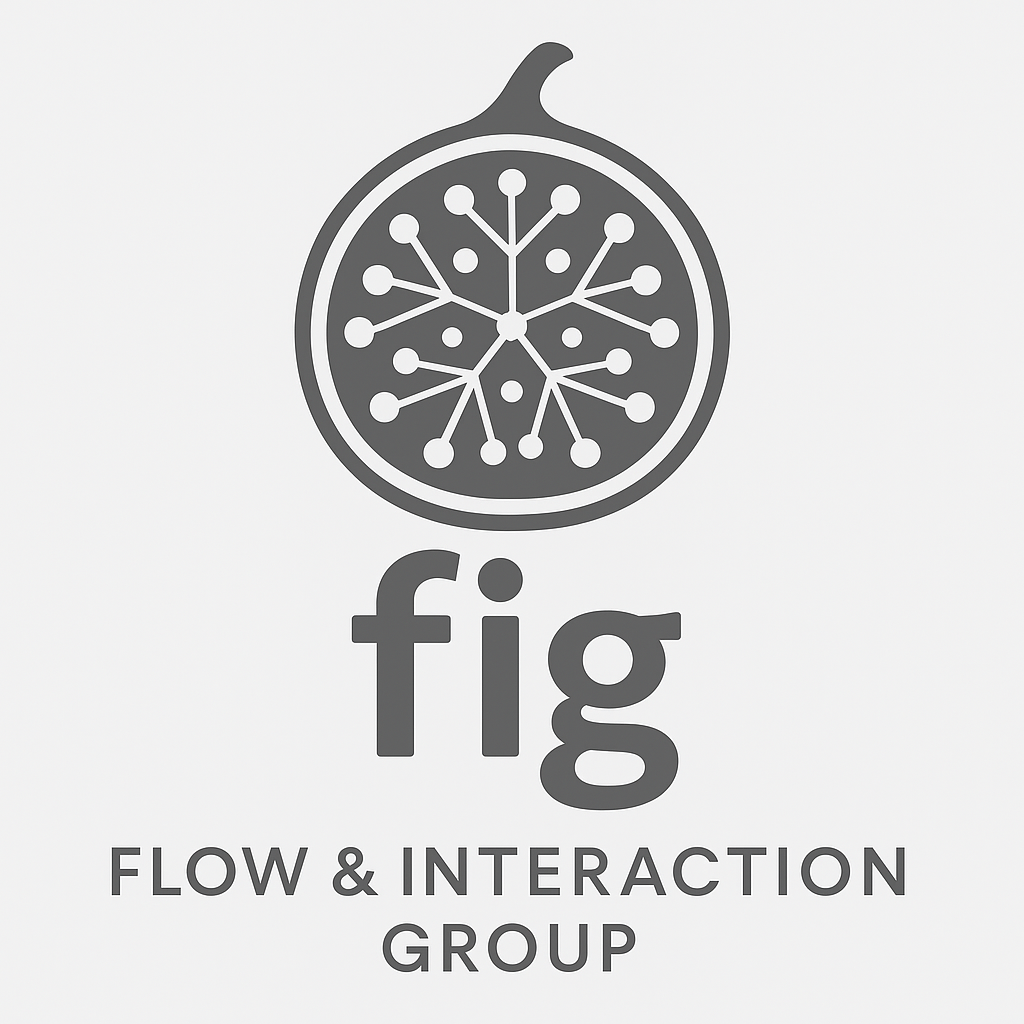Multisensory Storytelling at the Aquarium of the Pacific
What if you could feel the ocean—waves, ripples, even the turning of wind turbines—without touching water at all? That’s what we, led by a team of haptic experience designers at Ultraleap Limited, explored at the Aquarium of the Pacific in California; where we worked with staff to make their new immersive theatre more inclusive for visitors who are blind, deaf, or wheelchair users.
We used mid-air haptics, ultrasound technology that projects tactile sensations directly onto the hands. During the Aquarium’s eight-minute environmental film, audiences could experience pulses, ripples, or rotating sensations synchronised with visuals and narration. For instance, as fish swirled across the screen, a dynamic ripple danced across the palm; when wind turbines turned, a circular rotor pattern could be felt.
Visitors told us the haptics made the story more engaging, even changing how they thought about big themes like food, water, and energy. One young blind visitor described it as “awesome…like someone was drawing into my hand, except it was air.” Six out of eight participants in our study preferred the version with haptics, saying the film felt shorter and more absorbing.
Our conclusion: touch doesn’t replace captions or audio description, but it can add a powerful new layer to storytelling—turning an ocean film into a truly multisensory journey.

